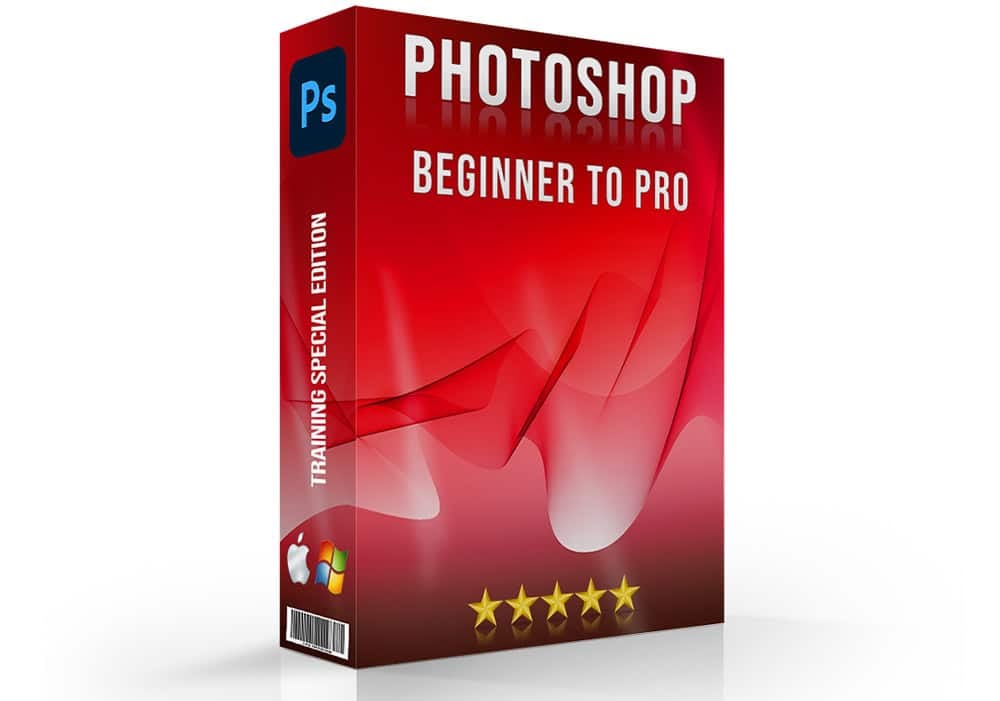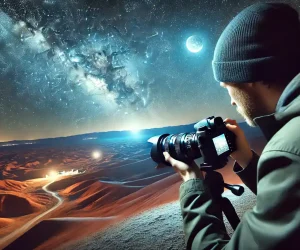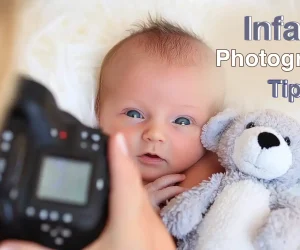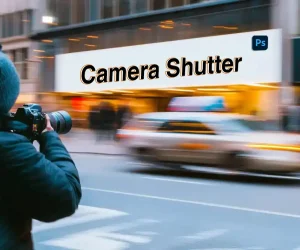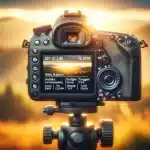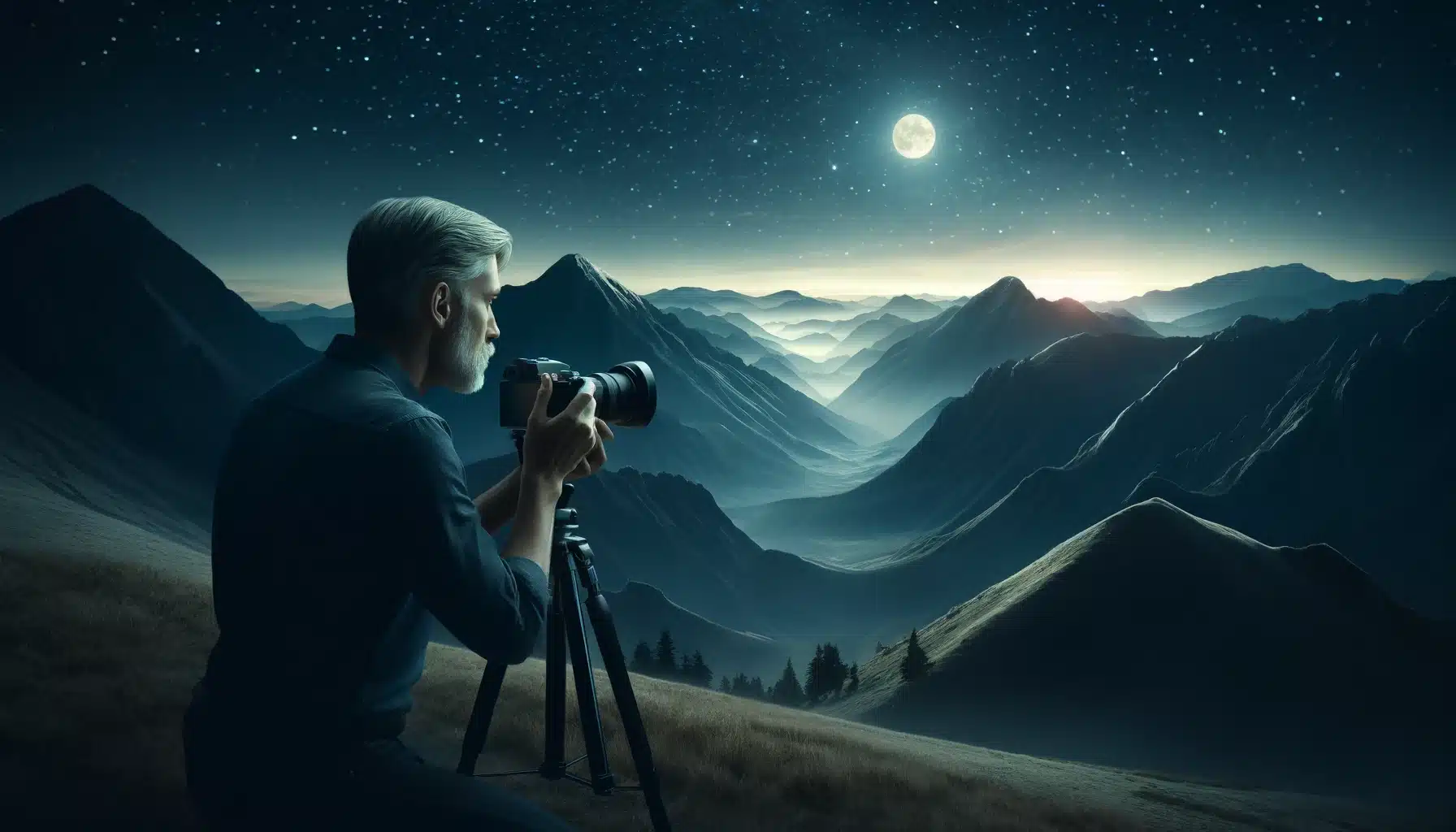
Introduction to Bulb Mode Photography
Bulb Mode is a camera setting that allows you to let the shutter open for as prolonged as you hold down the shutter button especially during night photography. This feature is crucial for long exposure photography, where capturing scenes in low brightness or showing motion for few seconds is necessary. In this approach, the photographer has full control over the clicks, which is not limited to the preset options on the camcorder. This control is essential in low light photography for capturing scenes with variable illumination surroundings or for creating artistic effects, such as luminous tracks from moving vehicles or the path of stars across the dark sky.
Imagine you’re at the beach at dark, and you want to shoot the motion of the waves under the moonbeam. With a regular camcorder configuration, you might get a quick snapshot, but the magic of the moving water would be lost. By using this approach, you can press the shutter for several minutes, enable the camcorder to absorb all the subtle movements and brightness, creating a dreamy, flowing effect where the waves appear smooth and silky.
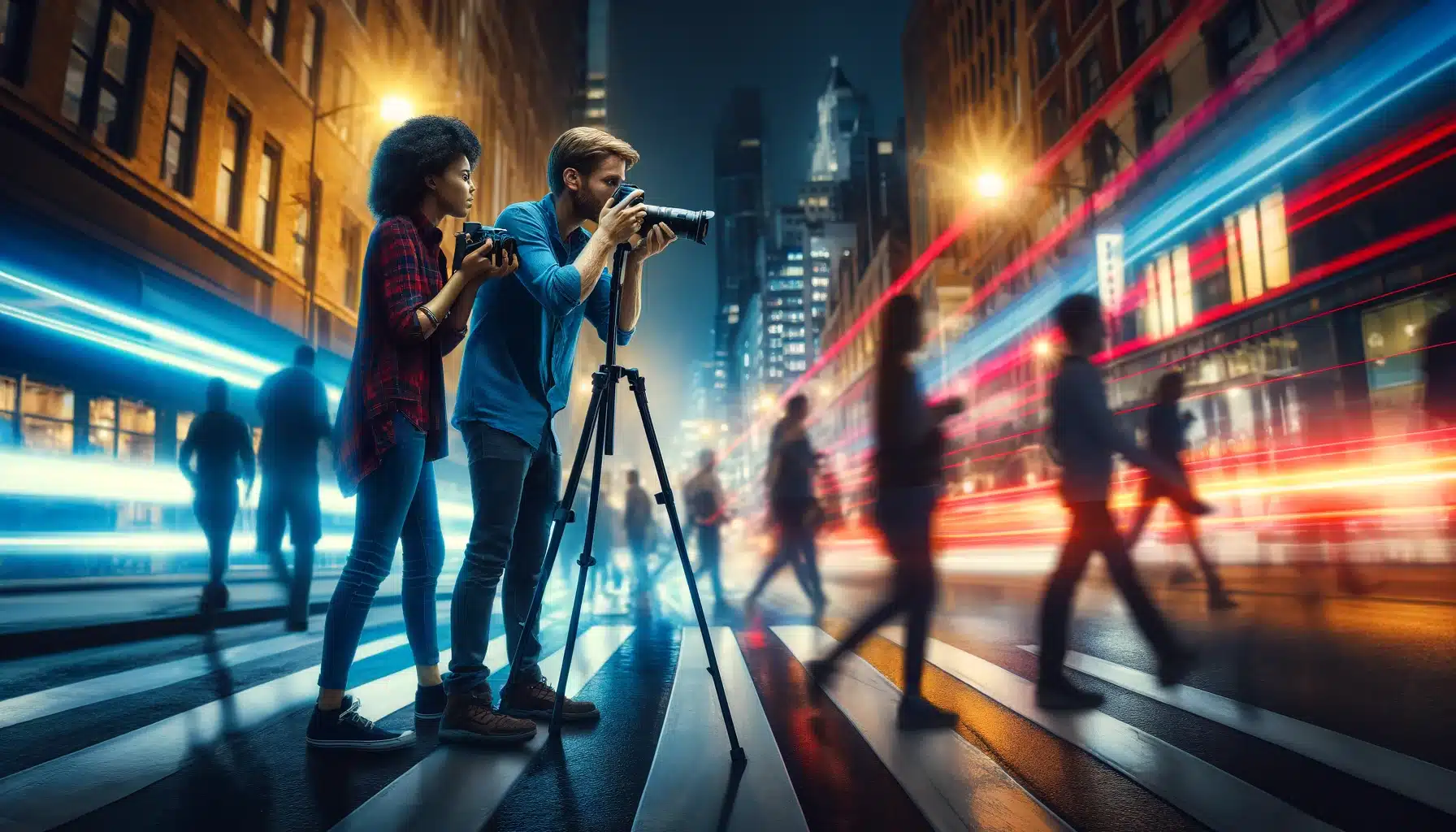
Table of Contents
Understanding Bulb Mode in Digital Cameras
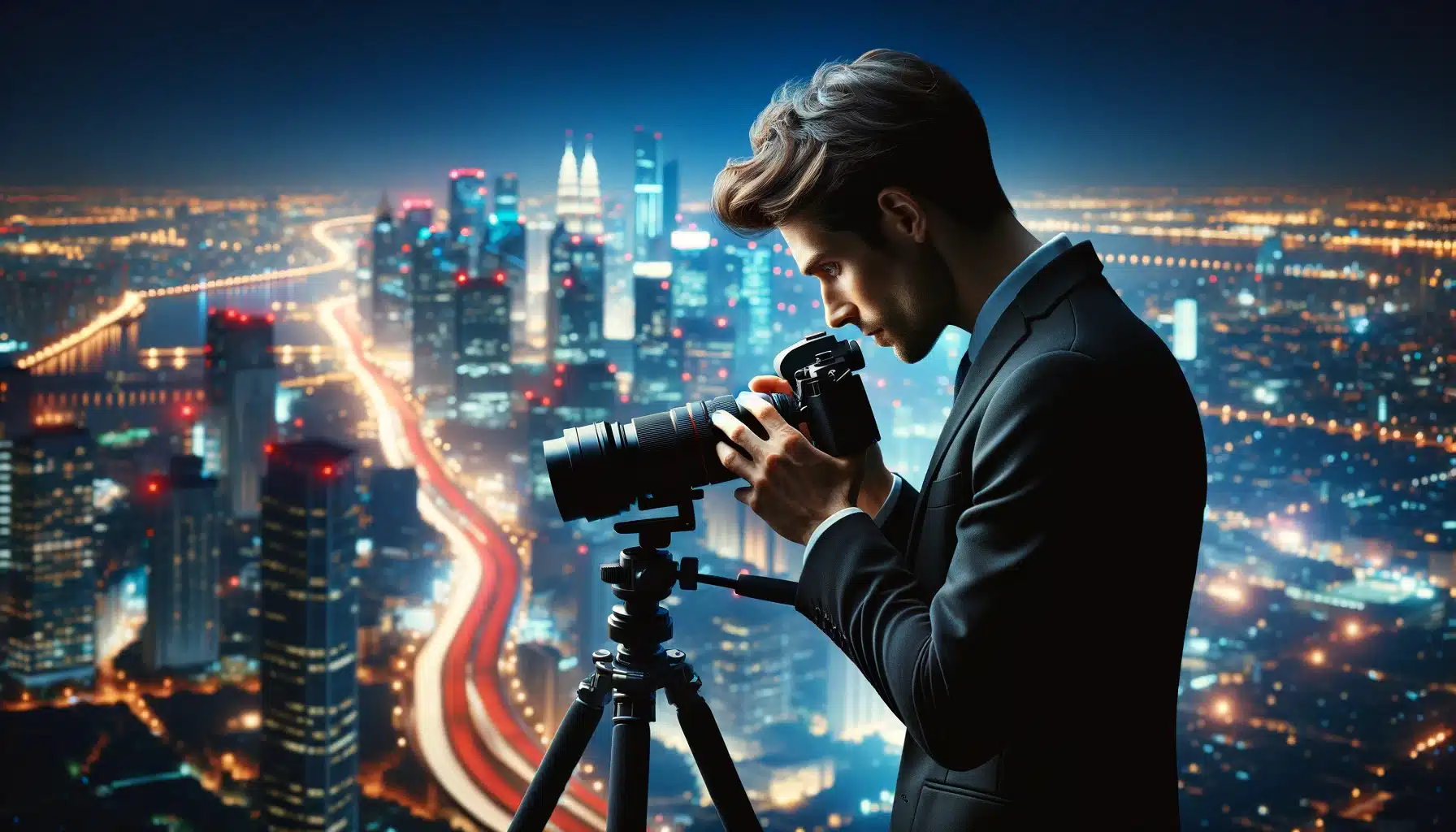
Bulb Mode is a feature on digital cameras that enables the photographer to manually control the capture speed for an extended duration. This technique is particularly useful for long exposure photography, where capturing well-lit and movement for few minutes is essential to create stunning visual effects.
In this configuration, the shutter remains exposed as extended as the capture button is held down, enabling the photo capturing in low bright conditions or at evening. This approach is ideal for capturing scenes like star tracks, cityscapes at evening, or the smooth flow of water in a river or waterfall.
Here’s a simple table to explain the key aspects of this approach in digital camcorders:
| Feature | Description | Importance | Example Usage |
|---|---|---|---|
| Shutter Speed Control | Manually control how long the shutter stays exposed | Essential for capturing extended contacts and dark shots | Capturing star tracks or bright imprints from cars |
| Low Light Photography | Expose camera sensor with much brightness | Ideal for dark shots and capturing dimly lit scenes | Photographing cityscapes at evening |
| Motion Blur | Shoot the movement of subjects as a blur | Used for artistic effects and showing movement | Photographing waterfalls to create a smooth water effect |
| Manual Operation | Requires the photographer to hold the shutter button or use a clicker | Gives full control over the exposure time | Creating a extended exposure of a busy street to blur the traffic |
Bulb mode photography requires understanding its impact on the photo’s acquaintance. The longer the shutter is exposed, the more luminosity that enters the camera, affecting the final image’s brightness and clarity. Therefore, it’s important to balance the contact duration with other camcorder configurations like ISO and aperture to achieve the desired effect. Further, photographers looking to streamline their workflow, integrating both Photoshop and Lightroom can provide a seamless transition from raw photo editing to final, along with polished images.
Mastering Bulb Mode for Long Exposures
Choosing the Right Equipment
- Sturdy Tripod: A robust stand is crucial for sharp appearances in extended contacts. Opt for a carbon fiber stand which provides strength and stability with less weight. This can make a significant difference in preventing camera shake and maintaining sharp focus throughout the exposure.
- Remote Shutter Release: To avoid touching the imaging tool and causing shake, a remote shutter release is indispensable. It permits you to start and stop the acquaintance without physical contact, preserving the sharpness of your pictures.
Setting Up Your Shot
- Focus Manually: Autofocus can falter in low brightness or on low-contrast subjects. Selective focusing, possibly using your camcorder’s live view feature for precision, ensures the subject is perfectly sharp. Zoom in on the area you want in focus to confirm sharpness before starting the experience.
- Test Exposures: Performing short test experiences helps fine-tune composition, focus, and exposure settings. This step can much streamlined process and ensure the prolonged exposure is correctly exposed, reducing the need for extensive post-processing.
Manage Luminosity and Exposure
- Use ND Filters: For extended interactions in morning, Neutral Density (NDFs) are essential. They reduce the luminosity entering the lens, enabling for longer aperture speeds without overexposing the visual. ND filters are rated by the nimble reduction, with higher numbers indicating a greater decrease.
- Balance ISO and Aperture: Keeping the sensitivity as low as possible reduces clatter, while the aperture affects depth of field and nimble intake. A smaller aperture (higher f-number) increases depth of field and facilitates for an extended acquaintance, giving water and clouds a smooth, flowing appearance.
Bulb Mode Applications in Dark and Astro Photography

Bulb Mode is essential for taking prolonged shots during night photography. It’s especially useful in dark settings or for astrophotography, where you need to capture clear, impressive faint images.
Dark Sky Exploration
- Astrophotography: Bulb configuration is essential for astrography, enabling extended disclosure to capture faint celestial objects. For instance, to photograph the Milky Way, experiences can extend beyond 30 seconds, requiring this technique to gather enough brightness and detail from distant stars and galaxies.
- Star Trails: Creating star tracks involves capturing the apparent motion of stars in the dark sky. In this technique, photographers can leave the aperture exposed for extended periods, resulting in arcs of brightness that trace the stars’ movement.
Luminous Trails in Urban Settings
- Capturing Light Tracks: Bulb Mode configuration is perfect for creating luminous tracks in cityscapes, where moving vehicles leave streaks of light. This technique adds energy and motion to evening urban shots.
-
Illuminated Architecture: Using bulb mode and long exposure configuration, you can take stunning photographs of lit-up buildings and landmarks during night photography. This technique enables you to capture the bright lights and detailed features of the cityscape. It transforms ordinary nocturnal scenes into breathtaking images, revealing a magical side of urban environments that's rarely seen. The slow shutter speed of long exposure help to smooth out moving elements like clouds and water, adding a dreamy quality to your shots. This method is not only effective but also creatively fulfilling, as it lets you play with illumination and time to create truly unique photographs.
- Here is a table showcasing the diverse applications of Bulb configuration in evening and astrophotography:
| Application | Description | Example |
|---|---|---|
| Astrophotography | Long exposures to shoot celestial bodies | Shooting the Milky Way |
| Star Trails | Capturing the movement of stars in the sky | Creating circular marks around Polaris |
| Urban Light Trails | Extended exposures to shoot nimble trajectories in cities | Capturing the flow of traffic in darkness |
| Illuminated Architecture | Prominence of buildings with nocturnal illumination | Photographing skyscrapers at dark |
The Technicalities of Bulb Mode: Settings and Calculations
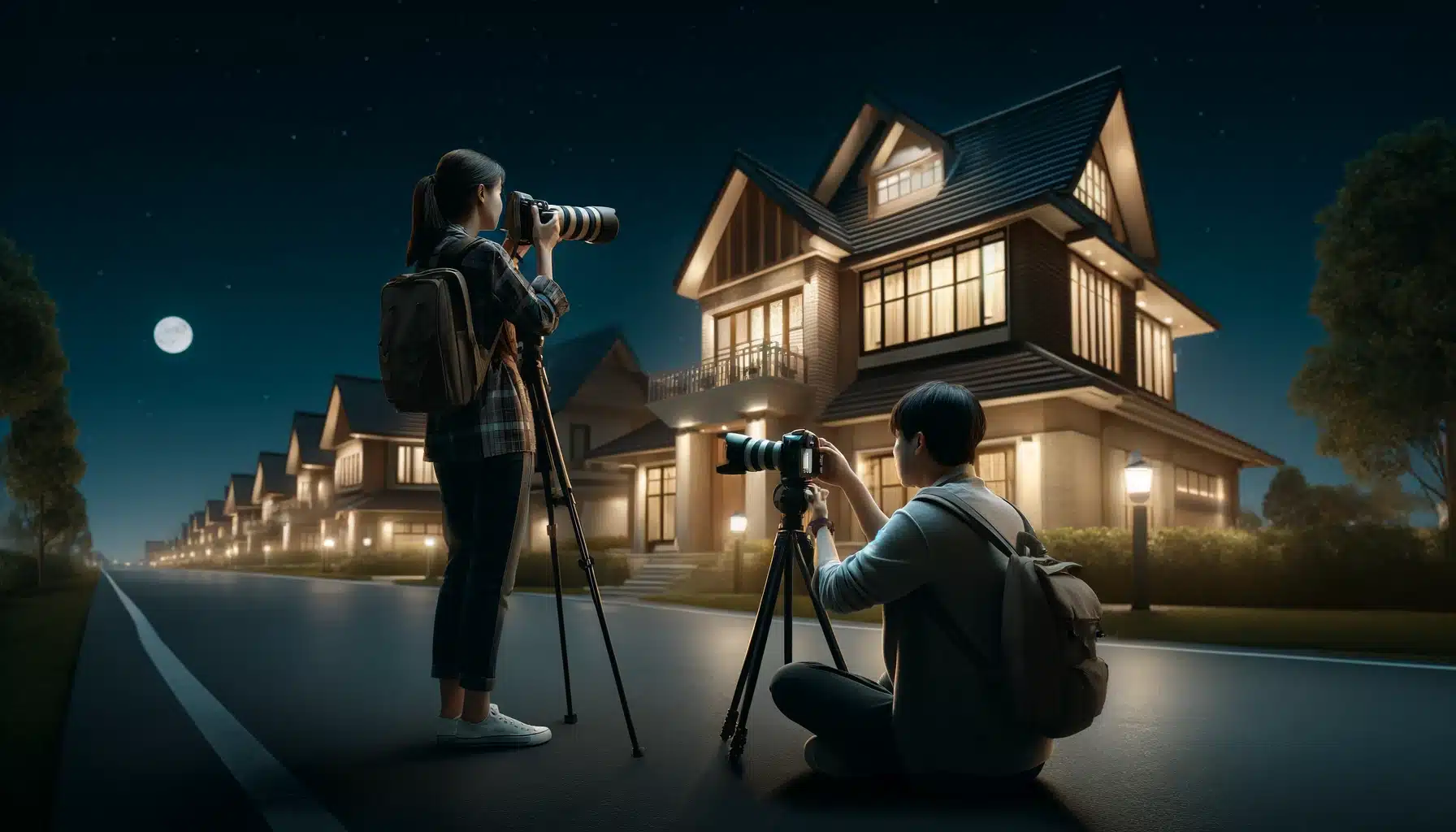
Understanding Bulb Mode for Night Shoots
In Bulb Mode, the camcorder’s aperture stays exposed as prolong as you press the button, crucial for night photography where brightness is limited. One of the best featured used for nights shoots is the blending modes in Photoshop. It lets you shoot scenes impossible in automatic configuration, like starry skies or urban landscapes at evening.
Key Settings in Bulb Mode
Adjusting the aperture and sensitivity is vital to prevent delayed interactions and minimize noise. A typical setup for night photography might include a small aperture (high f-number) and low sensitivity to ensure detailed and sharp visuals.
Calculating the Right Exposure
Use the “exposure mode” for precise control, enabling you to fix the exact period the aperture remains exposed. This configuration is beneficial for planned extended interactions in night photography, where you need consistency.
Manual Shutter Mode and Its Impact
In this mode you decide how extended to expose the photo. This configuration is perfect for dynamic night photography scenes, where bright conditions change rapidly, and you need to react quic
Here’s a table to guide you through Bulb configurations and calculations:
| Aspect | Perseverance | Significance | Tips |
|---|---|---|---|
| Shutter Speed | Controls how long light enters the camcorder | Essential for capturing long exposures of dark scenes | Experimentation with range from a few seconds to several minutes |
| Aperture | Determines the depth of field and the amount of light | Small aperture for sharpness in landscape and star photographs | Typically configure between f/8 and f/16 |
| ISO | Affects the image’s brightness and noise | Lower it to avoid noise in dark environments | Configure around 100-400 to reduce grain |
| Exposure Time | Total duration the shutter is exposed | Critical for capturing well-exposed images capture in dark | Use a stopwatch or app to track the duration accurately |
Advanced Techniques and Creative Ideas in Bulb Mode
Experimenting with Slow Shutter Mode
Using the “Slow shutter mode” in this configuration permits for capturing motion in a fluid, artistic way. In night photography, this can translate to well-lit trajectories from cars or the soft flow of water in a cityscape, giving a dynamic element to your shots.
Light Painting with Bulb Mode
With a cable release and a handheld source of illumination, you can use a technique to paint or draw within your frame. This method involves moving the light-emitting object, such as a lantern, during a lingering contact to create glowing patterns or selectively illuminate specific parts of the scene. Use Lightroom’s color grading tools to fine-tune the colors in your long exposure photos, making the lights more vibrant and the darks deeper, creating a more dramatic effect.
Capturing Lightning Strikes
Bulb Mode will be ideal to shoot the luminous strikes due to its unpredictable nature. With your imaging device set on a trivet, use a trigger/clicker to open the aperture in the lively storm. Close it the second after a thunder strike for a dramatic clicks.
Star Trail Photography
Create stunning star trajectories by pointing your capturing device towards the sky and using Bulb Mode to expose for several hours. A Nikon camcorder with a long-lasting battery and a large memory card will be beneficial for this kind of long-duration contact.
Here’s a table with advanced techniques and configurations:
| Technique | Gear Needed | Tip | Creative Use |
|---|---|---|---|
| Light Streams | Camera, Stand, Cable Release | Use a stopwatch to monitor exposure duration | Click the movement of urban illuminations at dark |
| Light Painting | Radiance source, Camera, Stopwatch | Use low sensitivity and wide aperture mode | Create artistic scenes with direct brightness in dark |
| Lightning Photography | Camera, Tripod, Trigger/Clicker | Use a filter to manage brightness | Shoot the dramatic effect of storms |
| Star Paths | Camera, Stand, Long Exposure Timer | Configure an extended exposure time, up to several hours | Show the rotation of the earth with star movements |

FAQs
How does bulb mode work?
To use Bulb mode photography, you need to set your camera to ‘Bulb’. This allows you to keep the shutter open for as long as you hold down the shutter button. For best results, use a tripod to help your camera stable during the extended exposure control. This setup is perfect for capturing light trails or other effects like generative expand in Photoshop where brightness changes over a duration.
Why is it called bulb mode?
Bulb mode” gets its name from the early days of photoing when photographers used pneumatic bulbs to control the shutter of the camera. When the bulb was pressed, the shutter would remain open until the bulb was released. This allowed for prolonged exposures, especially useful in low illumination conditions or for capturing certain effects like light trails
How do you access bulb mode?
To access bulb mode on most cameras, you typically need to set your camera to manual (M) mode and then adjust the shutter speed to the “B” or “bulb” setting. Once in bulb mode, the shutter will stay open for as long as the shutter release button is pressed or until the designated time set by the photographer.
How to calculate Bulb mode?
Calculating the best exposure time in Bulb mode depends on the lighting conditions and the effect you want to achieve. Start with a base time, like a few seconds, and review the outcome. Adjust the time longer or shorter based on whether your image needs more or less light.
Conclusion: Elevating Your Photography with Bulb Mode
In my journey as a photographer, Bulb Mode photography has been a gateway to capturing the unseen and extending the boundaries of light and time. I remember spending an evening under the starlit sky, camera set on a stand, finger on the remote shutter, immersed in the serene dance of the cosmos. As the hours slipped by, my camera recorded the celestial ballet, crafting shots that portrayed time itself. This experience not only enriched my portfolio but also deepened my connection with the art of shooting.
Embracing Bulb Mode can transform your photographic work, offering a canvas where light, time, and creativity merge. If you’re keen to master this and other techniques, consider advancing your skills with our comprehensive courses. Explore our Photoshop and Lightroom tutorials to unlock your potential and elevate your clicking experience. Visit our Photoshop Course and Lightroom Course to start your journey toward photographic excellence.
Have a nice photoshoot!
Learn more about Photography Techniques:


